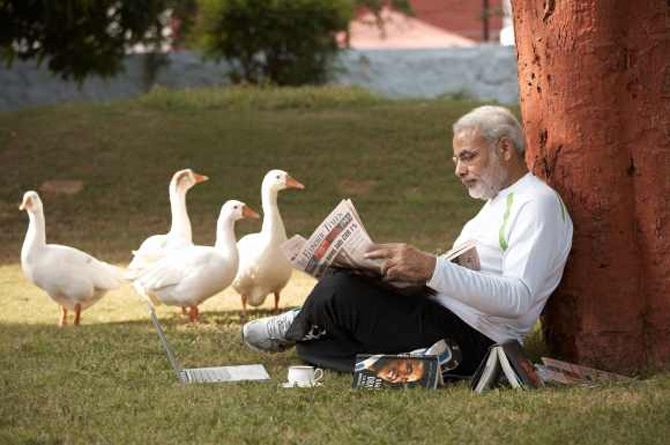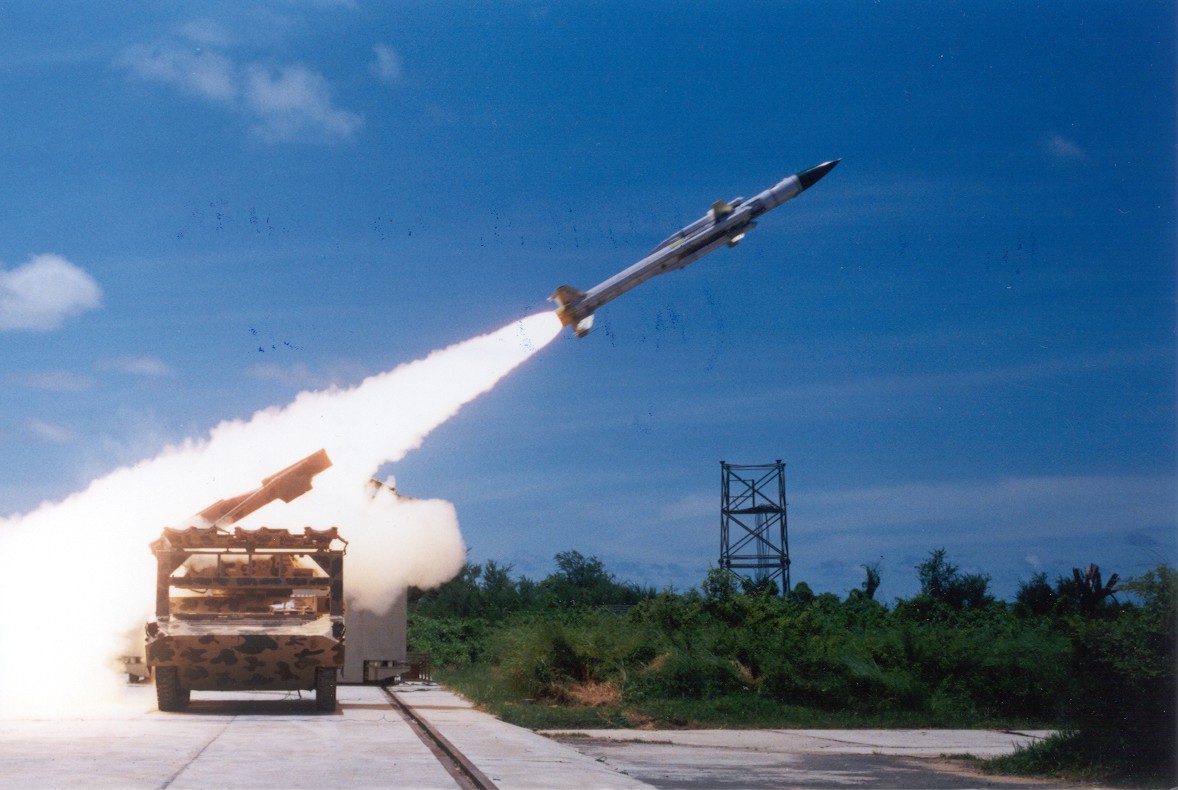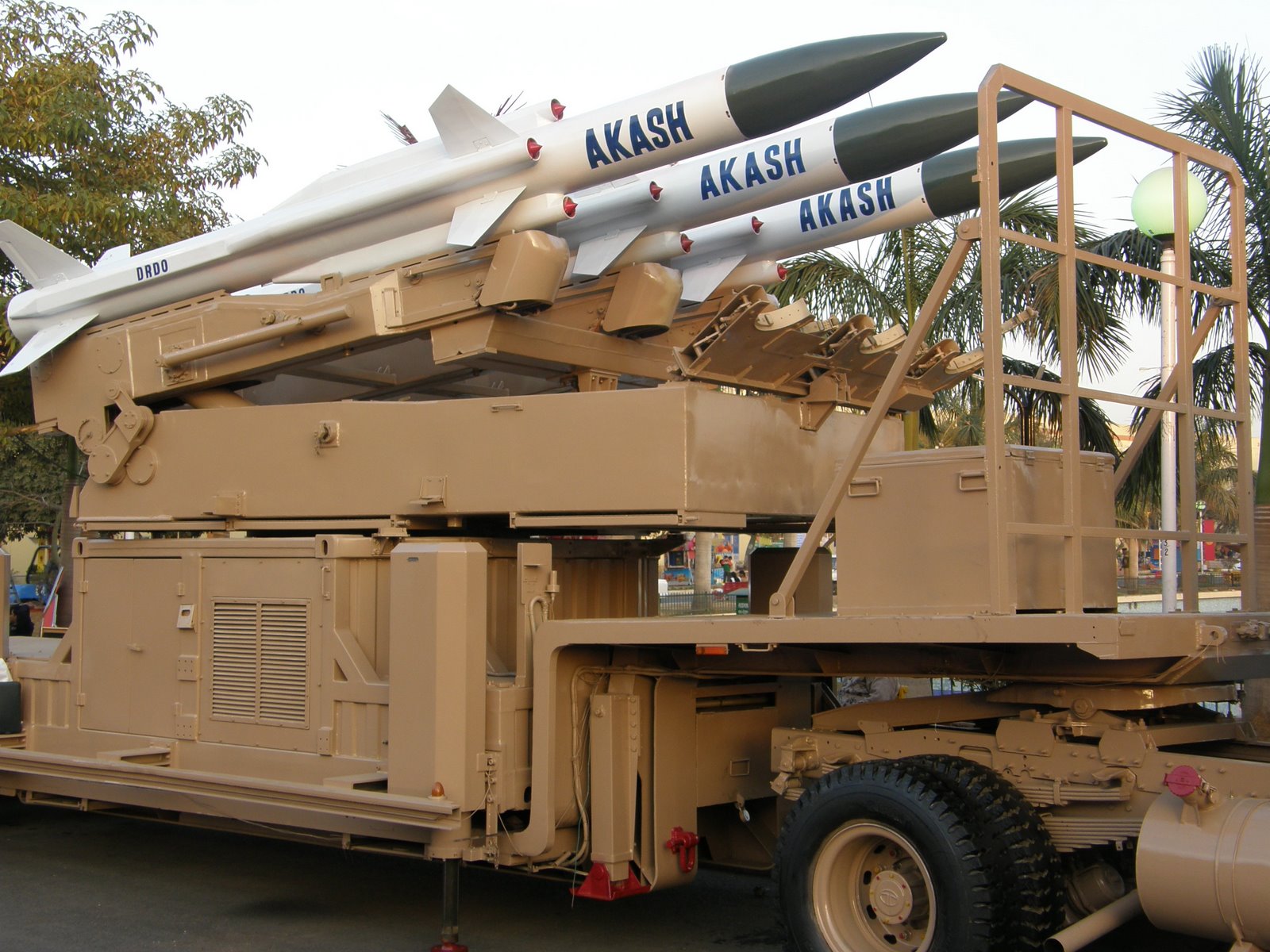
A day after Russian President Putin’s visit, the United
States criticised India for the agreements signed between New Delhi and
Moscow. Responding to a question on the 20 agreements signed, including
one on the Rupee-Rouble trade, State department spokesperson Jen Psaki
said, “Our view remains that it’s not time– for business as usual with
Russia. But beyond that, we’d have to take a closer look at what these
agreements entail.” The US and Ukraine have also
expressed unhappiness that President Putin was accompanied by the
Crimean Premier Sergey Aksyonov. Mr. Aksyonov is on the sanctions list
of the U.S., Canada and European Union for his role in the accession of
the former Ukrainian region to Russia in March this year. While
the U.S. state department said it was “troubled” by his presence in New
Delhi, Ukranian President Petro Poroshenko accused India of putting
“money” ahead of “values” and “civilisation”. “The Indian position
doesn't help, it doesn't save Aksyonov,” said Mr. Poroshenko, speaking
at the Lowy Institute think tank in Sydney on Friday, “He is a criminal,
it's very simple.” The Ministry of External affairs refused to comment on the attack from the U.S. and from Ukraine over the issue. Officials told The Hindu that
while Mr. Aksyonov’s arrival in Delhi was “not a surprise”, he was not
part of the “official delegation”, and was on a private visit. However, The Hindu has
learnt his meetings in New Delhi were arranged by the Russian
Consul-General in Mumbai Alexey Novikov, and he initialled a
“partnership agreement” between Crimean and Indian businesses,
particularly in the area of meat exports. Seafood exporter Gul
Kripalani, who was present at the meeting told The Hindu, “I am
really surprised that this agreement has attracted so much controversy.
The meeting with the Crimean Prime Minister followed Russia’s decision
to allow the import of Indian buffalo meat last week.” India
has refused to join western sanctions over Russia’s actions in Crimea,
and the joint statement issued by President Putin and PM Modi said
“India and Russia oppose economic sanctions that do not have the
approval of the United Nations Security Council.”


























.jpg)


